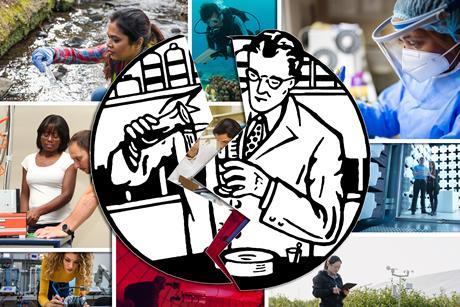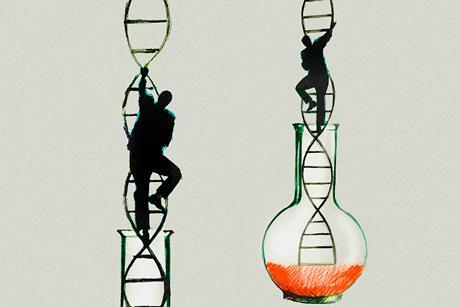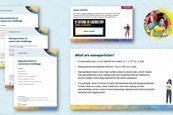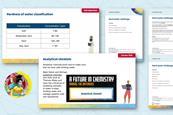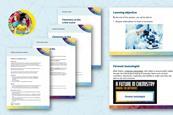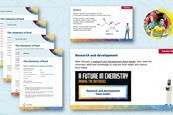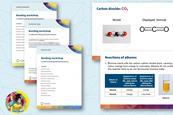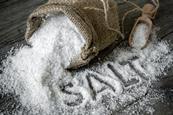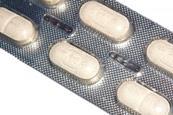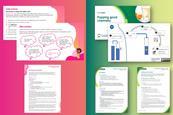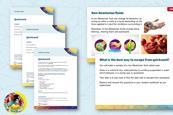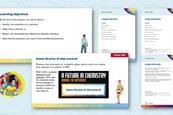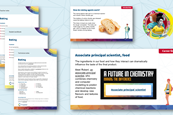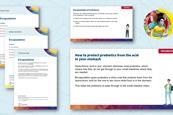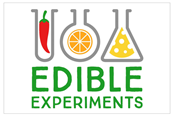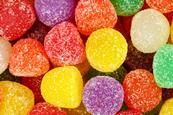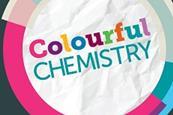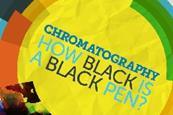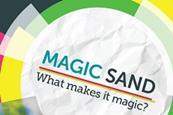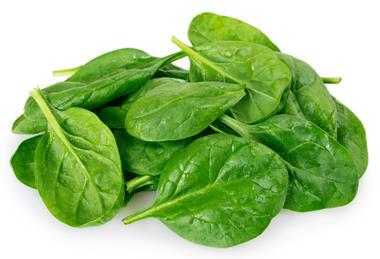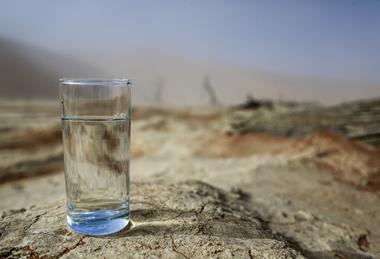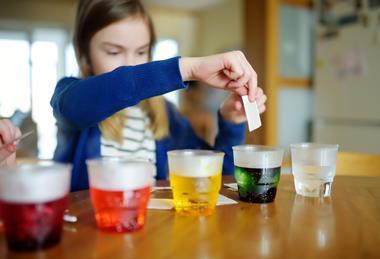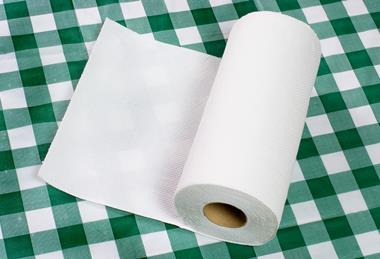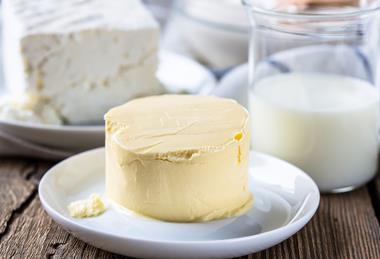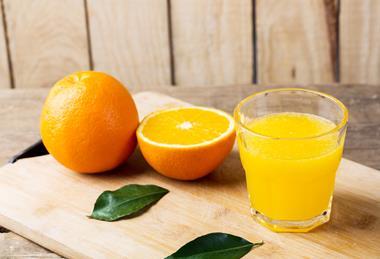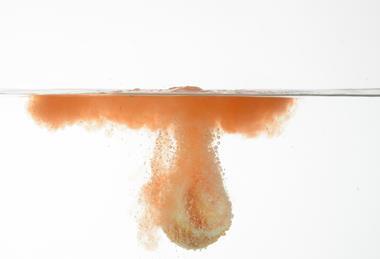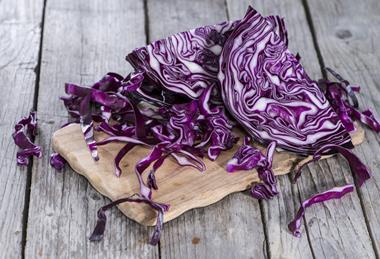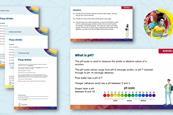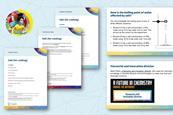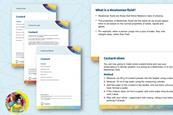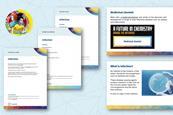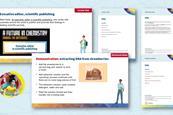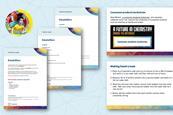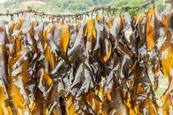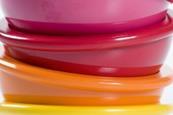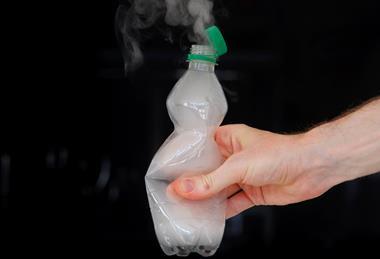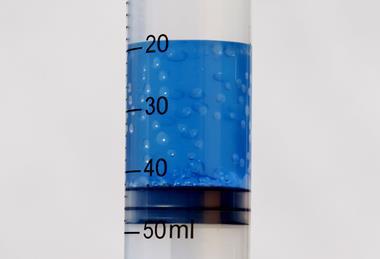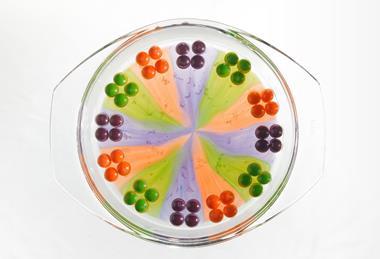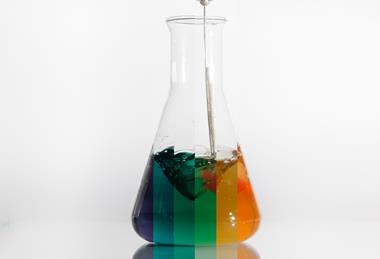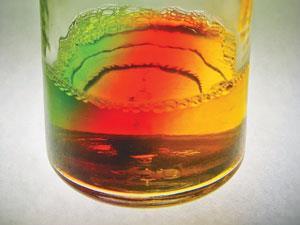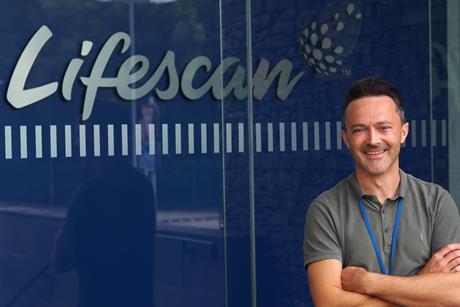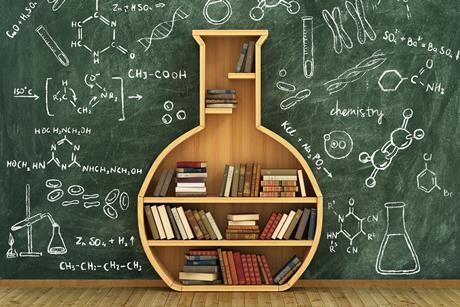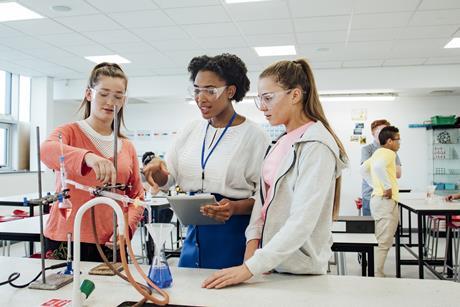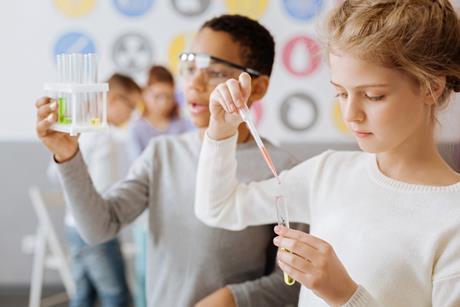- Home
- I am a …
- Resources
- Collections
- Remote teaching support
- Starters for ten
- Screen experiments
- Assessment for learning
- Microscale chemistry
- Faces of chemistry
- Classic chemistry experiments
- Nuffield practical collection
- Anecdotes for chemistry teachers
- Literacy in science teaching
- More …
- Climate change and sustainability
- Alchemy
- On this day in chemistry
- Global experiments
- PhET interactive simulations
- Chemistry vignettes
- Context and problem based learning
- Journal of the month
- Chemistry and art
- Classic chemistry demonstrations
- In search of solutions
- In search of more solutions
- Creative problem-solving in chemistry
- Solar spark
- Chemistry for non-specialists
- Health and safety in higher education
- Analytical chemistry introductions
- Exhibition chemistry
- Introductory maths for higher education
- Commercial skills for chemists
- Kitchen chemistry
- Journals how to guides
- Chemistry in health
- Chemistry in sport
- Chemistry in your cupboard
- Chocolate chemistry
- Adnoddau addysgu cemeg Cymraeg
- The chemistry of fireworks
- Festive chemistry
- Collections
- Education in Chemistry
- Teach Chemistry
- Events
- Teacher PD
- Enrichment
- Our work
- More navigation items
Outreach resources hub
Projects, activities and resources for science outreach and STEM clubs
Are you planning an outreach session for your students or at another school? Looking for ideas to use in a science club? Putting together an off-timetable day?
Explore these outreach projects and activities, including resources produced as part of the RSC’s Chemistry for All project.
Any questions or suggestions? Email us.
Smashing science stereotypes
How to solve a murder
Science competitions your students to enter this year
Speed date your way to successful school-industry partnerships
Raise your students’ aspirations
- Previous
- Next
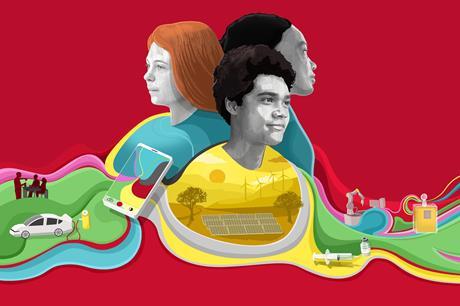
Chemistry for All
The Chemistry for All project explored and addressed barriers to participation in UK chemistry undergraduate study through longitudinal research. Read findings relevant to outreach providers, education policymakers, teachers and parents in the Chemistry for All summary report.
The project found providing learners with the opportunity to take part in hands-on practical lessons, engagement with science extracurricular activities and showing how science relates to everyday life were all positively associated with learners’ aspirations to continue with non-compulsory science and chemistry. Discover some of the outreach resources used by Chemistry for All activity providers below.
Chemistry for All
The Chemistry for All project explored and addressed barriers to participation in UK chemistry undergraduate study through longitudinal research. Read findings relevant to outreach providers, education policymakers, teachers and parents in the Chemistry for All summary report.
The project found providing learners with the opportunity to take part in hands-on practical lessons, engagement with science extracurricular activities and showing how science relates to everyday life were all positively associated with learners’ aspirations to continue with non-compulsory science and chemistry. Discover some of the outreach resources used by Chemistry for All activity providers below.

Projects
Longer, practical projects suitable for off-timetable science days in schools, university campus visits or to take place over several chemistry lessons or STEM club sessions.
Nanoparticles in sunscreen challenge | Chemistry for All project | 14–16 years
Make your own sunscreen and determine its SPF using UV light transmission
Hard water challenge | Chemistry for All project | 14–16 years
Investigate the relationship between the concentration of calcium ions and the ‘hardness’ of water
Chemistry at the crime scene investigation | Chemistry for All project | 11–14 years
This forensic science project uses chemical analysis and observation skills to investigate a crime and solve the case
Analysing the chemistry of food | Chemistry for All project | 14–16 years
Analyse food and drink samples using TLC, titration and visible absorption spectroscopy with this engaging project
Bonding workshop | Chemistry for All project | 14–16 years
A series of activites, demonstrations and experiments exploring simple covalent molecules and hydrocarbons
Organic molecules day
Students produce and analyse a simple aromatic compound using analytical techniques. Includes kit list, safety instructions and suggested timings
Photolithography
Students use light to create their own printed circuit boards. Find the kit list, safety instructions and suggested timings in the download
Chemistry of dentistry
Learn about the role of chemistry in dentistry. Includes kit list, safety instructions and suggested session timings
The salt cellar mystery
Support learners to investigate using chemistry, with the salt cellar mystery. Includes kit list, safety instructions and session timings
Chemistry masterclass
Undertake the work of a medicinal chemist by isolating an active compound. Find the kit list, safety instructions and session timings in the download
Murder in the lab
Give students a flavour of analytical techniques used in forensic science. Find the kit list, safety instructions and suggested timings in the download
Escape the classroom
Be inspired to design an escape room experience for students with these chemistry related puzzles
Activities
Shorter, approximately one-hour long, resources for use in STEM clubs, timetabled lessons, as part of a collapsed/off-timetable day or as an outreach activity. Select from non-lab or lab-based activities and find the equipment you need in the downloads.
Non-lab activities
Popping good chemistry
Investigate simple chemical reactions, irreversible changes and gases around us with this exciting experiment
Quicksand investigation | 14–16 years
Discover the properties of non-Newtonian fluids and how these could help you escape from quicksand
Modelling large molecules | 11–14 years
Use this resource to review monomers and polymers
Baking investigation | 11–14 years
Discover the purpose of each ingredient and test methods used to make cupcakes
Encapsulation experiment | 11–14 years
Investigate encapsulation and the role it plays in helping probiotics travel to the gut
Making plastic from potato starch
Explore bioplastics with an experiment making plastic using potato starch. Lab and non-lab versions available
Edible experiments
Discover the importance of chemistry in everyday eating experiences with this collection of edible experiments.
Make a molecule
Learn about the types of molecules found in fruits and sweets, as well as how molecules are formed
Colourful chemistry
Get colourful with chemistry with these experiments, perfect for learners to explore density and liquids
Chromatography: how black is a black pen?
Black never goes out of style, and with this experiment learners can explore what colours go into making black ink with chromatography
Magic sand
Putting the magic in magic sand this resource explores hydrophobic substances and how they work
Crime scene chromatography
Using three different black pens, learners can put their scientific curiosity to use and explore chromatography
- Previous
- Next
Non-lab based activities for primary learners, including videos, equipment lists and instructions
Lab-based activities
Investigating the sugar content and pH of fizzy drinks | 11–14 years
Compare fizzy drinks’ ingredients, acidities and health implications
Salt (for cooking) activities | 11–14 years
Uncover the properties and health implications of salt in our diets
Custard experiment | 11–14 years
Introduce your learners to Newtonian and non-Newtonian fluids as well as the explosive nature of powders
Infection | 11–14 years
Introduce your learners to infection and how to treat some infectious diseases
Investigating cold reactions | 11–14 years
Explore what is meant by ‘cold’ and the applications of endothermic reactions
Extracting DNA experiment | 11–14 years
Remove and compare genetic material in different plant cells
Emulsifiers in cleaning | 11–14 years
Investigate and explain what emulsions are and their applications in cleaning
Cross-linking polymers – alginate worms
With a collection of equipment easy to find in your classroom, learners can form alginate polymer ‘worms’ and explore cross-linking polymers
Colour chemistry
A variety of experiments that explore colour changing, so learners can experience a comprehensive look into the brighter side of chemistry
Electrochromic polymer
Can polymers conduct electricity as well as metals? Using this experiment, learners will discover how the two materials differ. Includes kit list and safety instructions
Green plastics
Discover more about the science of green plastics with this in depth session on bio-plastics and the issues around fossil fuels
Sunlight to electricity
Sunlight can be a powerful natural tool. Learners can explore the science of solar in this experiment, includes kit list and safety instructions
Chemistry in your shopping basket
Demonstrate the diversity of chemistry in our day-to-day lives with this collection of experiments. Includes kit list and safety instructions for five practicals
Snap, crackle and snot
Investigate some of the weird and wonderful properties of solids, liquids and gases, in this range of experiments
Spectacular demonstrations
Discover illuminating and engaging demonstrations from our Exhibition chemistry series, complete with video and technician notes.
- Previous
- Next
Careers
The Chemistry for All project found that recognising the value and importance of chemistry, and appreciating how chemistry can lead to interesting and well-paid jobs strongly related to learners’ future aspirations.
Explore how chemistry can prepare learners to pursue apprenticeships, university courses and vocational routes, or browse job profiles and try our career options game on A Future in Chemistry. You can also find careers information for STEM ambassadors, together with presentations and other resources to help you support young people.
Commercial director, chemical manufacturing
Director of chemistry, biotechnology
Technical director, catalytic design
Water technologist – research fellow
Principal scientist, medical devices
Tender and contract manager
- Previous
- Next
Further study
Why you need chemistry to study … at university
Explore with your students how 16–18 chemistry links with university courses
Try our careers game
Make a difference with your career choice
Play our game and discover how you can make a difference in the world
Research, funding and more from the RSC
Outreach at the RSC
Find out more about the Royal Society of Chemistry’s Outreach programme, including resources, projects and funding information
Outreach fund
Apply for a small grant (up to £5000) or a large grant (up to £10000) to run a chemistry-based public or schools engagement activity.
Take charge: a global battery experiment (2022/23)
Join our global experiment before the end of July 2023 to investigate the science behind batteries and share your results with the world












